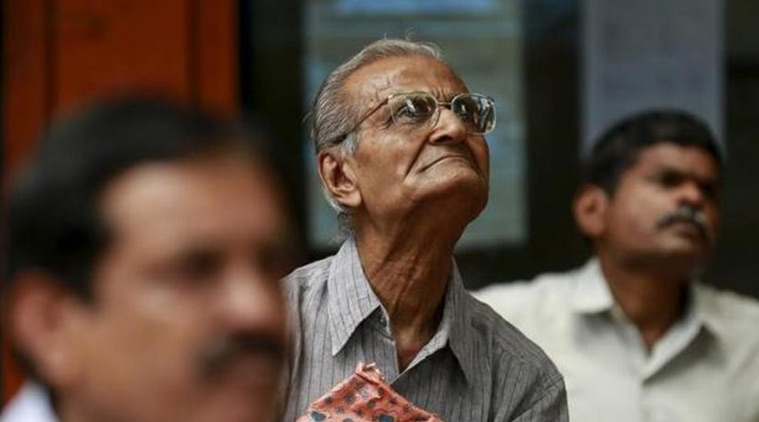Atal Pension Yojana: Guaranteed monthly pension scheme fails to meet target
The universal social security system was launched by Centre on May 9, 2015.

Under the scheme, the government contributes 50 per cent of the subscriber’s contribution, up to Rs 1,000 per annum, for a period of five years to those who joined the scheme before December 31, 2015.
The ambitious Atal Pension Yojana (APY) — the universal social security system for all Indian citizens, especially the poor, the underprivileged and the workers in the unorganised sector — launched by the Narendra Modi government on May 9, 2015 with much fanfare has failed to take off in the desired way with public sector banks achieving just 6.07 per cent of the target in the first phase and 11.73 per cent in the second phase.
While the government targetted to enroll 2.25 crore people in the first phase, PSU banks could enroll only 13.68 lakh people in the first phase up to December 31, 2015, meeting only 6.07 per cent of the target. In the second phase of January-March 2016, 26.11 lakh people were targetted but got only 3.06 lakh enrollments, or 11.73 per cent of the target, according to figures available from the finance ministry.
The government co-contribution was initially available to the subscribers, who join up to December 2015. This was later extended by 3 months up to March 2016. Banks were assigned targets in 2 phases —1st phase was up to December 31 2015 and phase 2 was from February 2016 to March 2016.
Under the scheme, the government contributes 50 per cent of the subscriber’s contribution, up to Rs 1,000 per annum, for a period of five years to those who joined the scheme before December 31, 2015. The scheme provides minimum government guaranteed monthly pension to subscribers ranging from Rs 1,000 to Rs 5,000. “Banks could have marketed the scheme in a better way. Maybe bank officials were also under pressure with four government schemes, including Jan Dhan bank account scheme, launched one after another,” said a banking source.
“Banks have been asked to ensure wide coverage under APY. Pro-active efforts by banks are needed to enhance coverage of the scheme,” the Finance Ministry said in a report to PSU banks CEOs. Listing various suggestions for wider coverage of APY, it said. “the sponsoring banks to oversee the performance of their RRBs. RRBs need to improve their APY activation. BCs/ aggregators/ MFIs (micro finance institution) channels may be utilized by all the banks and to be leveraged to provide the benefit of APY to the target beneficiaries at grass root level. Banks should offer APY to their customers through alternate channels such as net banking.”
“Post de-regulation of aggregators’ incentive, the banks may like to fix the sharing structure as per their own liking. Banks may take advantage of this opportunity to maximise enrollments,” it said. SBI, the largest bank, enrolled 2.83 lakh members against the target of 44.80 lakh in the first phase and 50,315 members in the second phase against the target of 4.86 lakh in the second phase.
However, two other insurance schemes launched by the government fared well. The Pradhan Mantri Jeevan Jyoti Bima Yojana (PMJJBY) has done well with PSU banks reporting gross enrollments of 2.96 crore. Under PMJJBY, a one-year life insurance scheme, annually renewable, offering coverage of Rs two lakh for death due to any reason and is available to people in the age group of 18 to 50 years (life cover up to age 55 on payment of premium after enrolment up to age 50 years), the share of public sector banks (including RRBs) is 91 per cent.
The Pradhan Mantri Suraksha Bima Yojana (PMSBY) has turned out to be a big success with 9.43 crore enrollments as on May 24, 2016.
PMSBY is a one year personal accident insurance scheme, annually renewable, offering coverage of Rs two lakh for death or permanent total disability and Rs one lakh for permanent partial disability due to an accident. PSU banks account for 93.2 per cent of the market share of PMSBY which is available to people in the age group of 18 to 70 years. In these two schemes, simple claim settlement procedure and process involving minimum documentation were put in place and forms were made available at all bank and insurance branches.






- 01
- 02
- 03
- 04
- 05

























